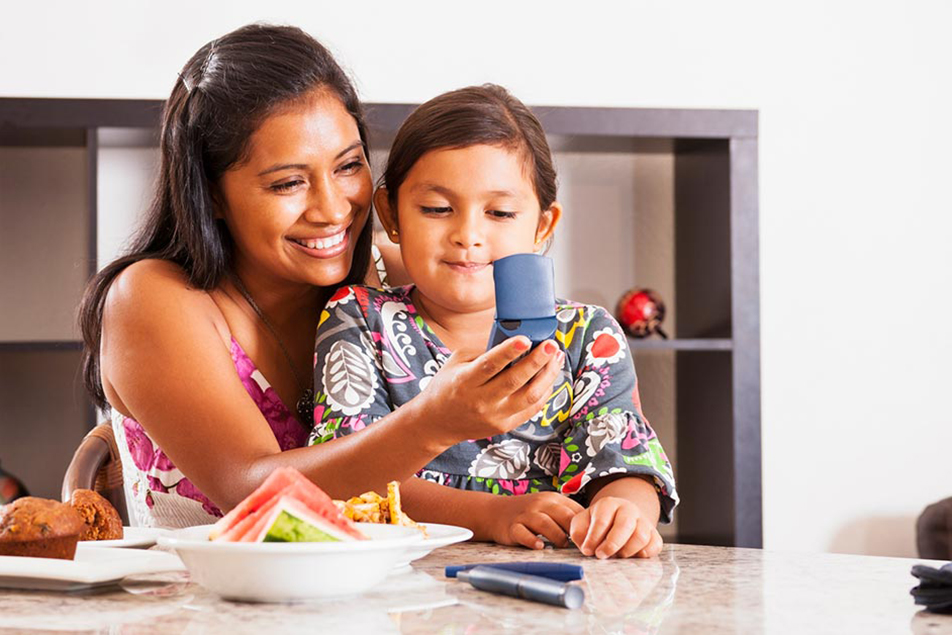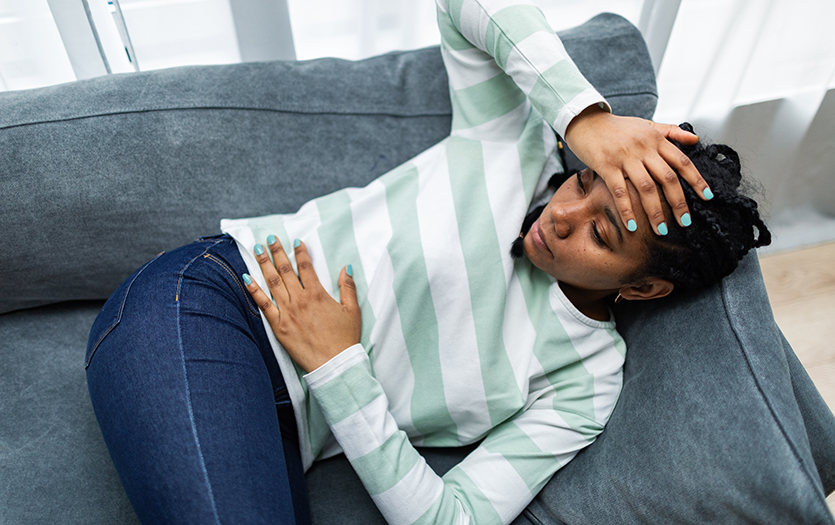November 5–11 is Diabetes Education Week, and a great opportunity to explore the condition, which impacts 1 in 4 Americans. We’re kicking off the week with an important topic: treating hypoglycemia. If someone near you was having a low blood sugar reaction, would you know how to help them? Leigh Ann Brooks, Nursing Services Operational Lead, Diabetes Education, Parkview Regional Medical Center, tells us everything we need to know about hypoglycemia, including signs and symptoms, and a step-by-step treatment plan.
Insulin is the hormone that the body needs to move glucose, the sugar in your blood, to the cells in order to use it for energy. Ideally, our body should maintain even levels of glucose and insulin, but in people with diabetes, the body either doesn’t make insulin or doesn’t us it properly, creating a balancing act between high and low blood sugars. If meals and activities aren’t carefully planned, there can be a tipping of the scales, causing the blood glucose to increase or decrease too drastically. When the blood sugar decreases, the individual can experience hypoglycemia.
Symptoms of hypoglycemia include:
- Shaking
- Sweating
- Sleepiness
- Feeling lightheaded
- Anxiety
- Headaches
- Numbness in lips or fingers
- Extreme hunger
- Heart pounding
- Confusion
As previously mentioned, diabetes creates a balancing act between high and low blood sugars. Treat hypoglycemia with caution, so that blood sugar levels don’t swing the other way and result in hyperglycemia. The following five steps is the recommended treatment for low blood sugar assuming the person is conscious and can follow directions. In cases of severe hypoglycemia, individuals may lose consciousness. In these situations, it may be best to call emergency medical services so the person can be given medications intravenously.
5 Steps to Treating Hypoglycemia
1. Test blood sugar with a meter if possible. <70 mg/dL is considered too low.
2. Treat with 15 grams of simple carbohydrate such as:
a. 4-6 ounces of regular soda
b. 6 ounces of fruit juice
c. 8 ounces of skim milk
d. 5-6 hard candies (not sugar free)
e. 3-4 glucose tablets
f. 1 tube glucose gel
3. Wait 15 minutes to see if symptoms resolve.
4. Check blood sugar again. If still <70 mg/dL, repeat above.
5. Once blood sugar is >70 mg/dL, follow up with a snack or a meal containing both carbohydrate and protein. Examples would be:
a. Half a meat or cheese sandwich
b. 6 crackers and peanut butter
c. 6 crackers and cheese




